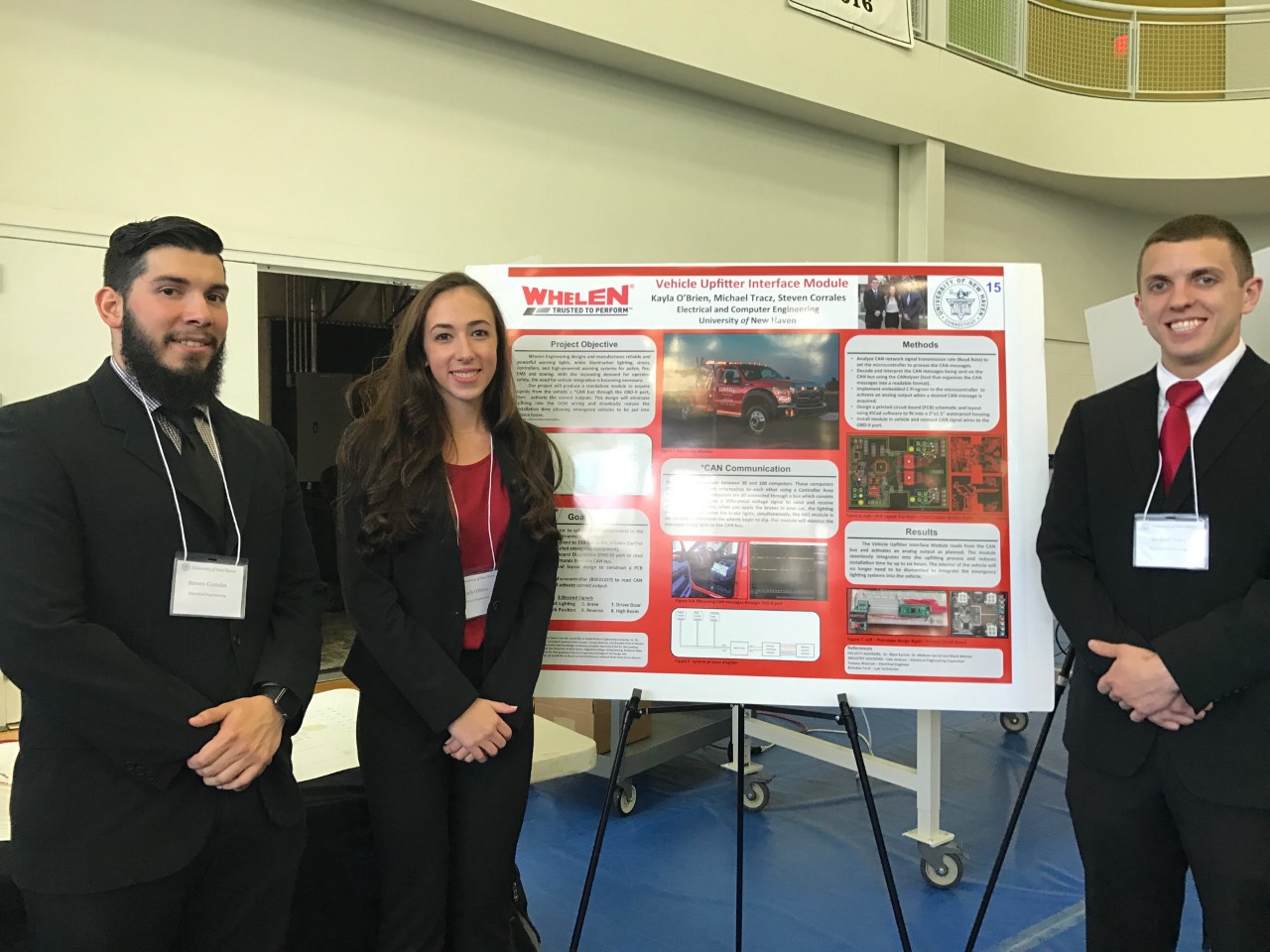FORT WORTH, Texas (AP) — Wading through a muddy river bed to reach shallow pools of water, wildlife biologists scooped up hundreds of minnows Friday in one of the first rescues of fish threatened by the state’s worst drought in decades.
The scientists collected smalleye shiners and sharpnose shiners from the Brazos River — about 2,300 on Thursday and 800 Friday. The fish, which are found only in the Brazos and nowhere else in the world, are both candidates to be listed as threatened or endangered under the federal Endangered Species Act. They will be taken to the state’s fish hatchery near Possum Kingdom Lake but returned to the river when the drought abates.
Scientists used a large net to scoop up dozens of fish at a time Friday morning near Sagerton, about 150 miles west of Fort Worth. Both types of 2-inch-long minnows are shiny and have other distinctive features, making them easy for scientists to spot and put in buckets, while throwing other fish caught in the nets back in the water, said Kevin Mayes, an aquatic biologist with the Texas Parks and Wildlife Department.
With the water drying up in the drought, the minnows don’t have the 100 miles of river they need to reproduce. And, their life span is just two years, Mayes said. Game fish like catfish and largemouth bass eat the minnows, making them an important part of the ecosystem, he said.
A team rescued 110 federally threatened Arkansas River shiners and 60 peppered chubs from the Canadian River in the Texas Panhandle near the New Mexico border last week and took them to a federal fish hatchery in Oklahoma. Gene Wilde, a Texas Tech University fish ecology professor who led the team, said he believes that effort was the first fish rescue in Texas during this severe drought.
“We value these species and they are an important part of the Texas natural heritage, so we’re trying to prevent losing them in this drought,” Wilde said, referring to both rescue efforts.
Large fish rescues are rare, but they could become more common for fish, reptiles and amphibians as the drought persists. Texas is home to 86 species considered endangered or threatened.
The San Saba, Colorado and Llano rivers are home to several species of mussels, some of which are listed as threatened in Texas and for which petitions are pending for federal status.
Several federally endangered species — including the fountain darter and the Texas blind salamander — could need rescuing from the Comal and San Marcos Springs, south of Austin. If stream flows drop to pre-determined levels, biologists with the U.S. Fish and Wildlife Service will evacuate as many samples of the species as possible.
About 88 percent of the state is in the worst stage of drought, according to the U.S. Drought Monitor map released Thursday. Texas just finished its driest 11 months on record and is in its worst single-year drought ever. It also had the hottest June through August on record in the U.S.








